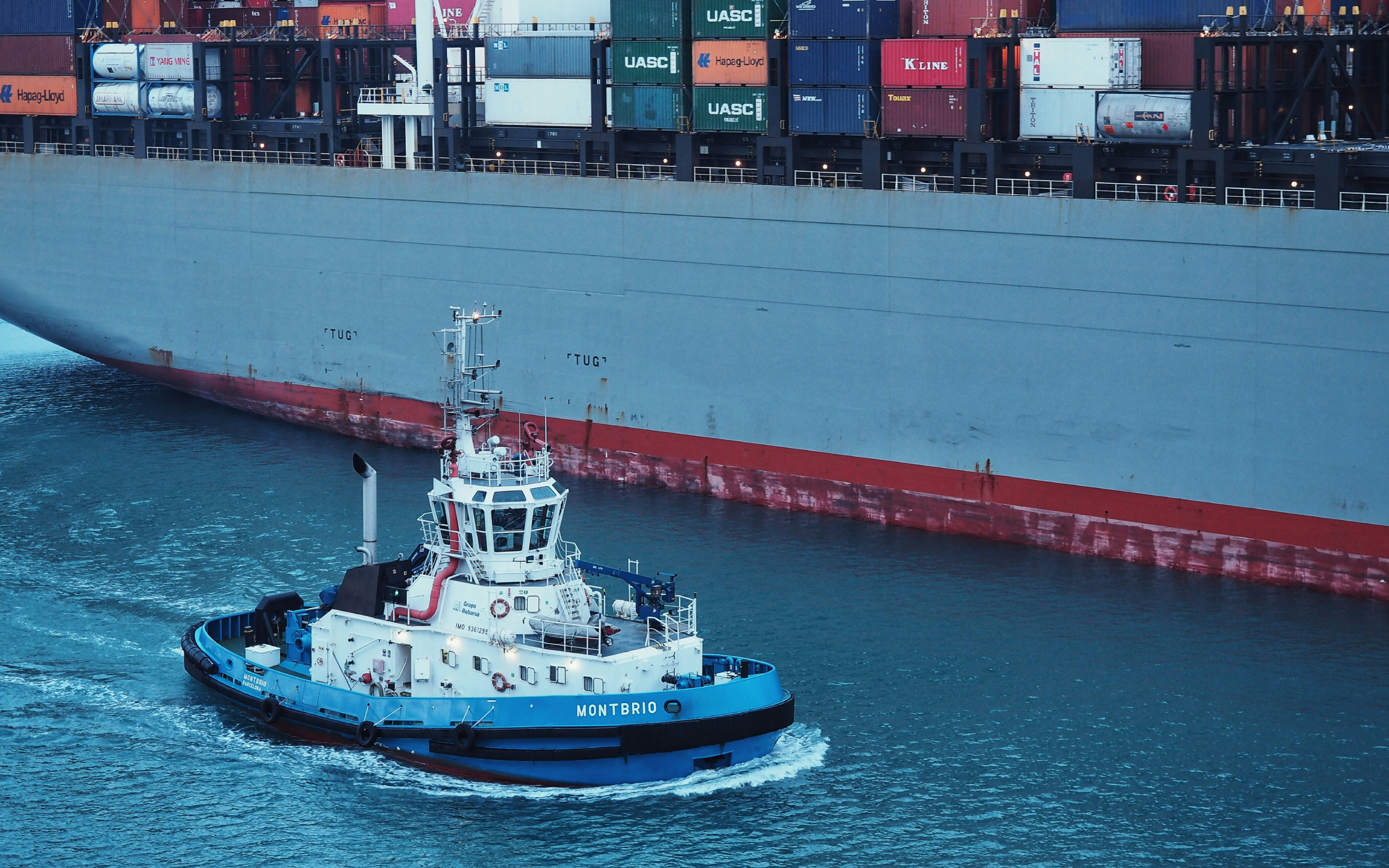In busy ports such as Singapore, it can be a massive undertaking to coordinate the thousands of different vessels on the move. One aspect of managing traffic in such ports is ensuring that tugboats—small vessels which help larger ships to berth and unberth—are well-scheduled and coordinated.
“A single ship often needs multiple tugboats to work together at specific times and locations,” explained Zhe Xiao, a Research Scientist at the A*STAR Institute of High Performance Computing (A*STAR IHPC). “Tugboats must meet safety and timing constraints, as their actions are interdependent. Depending on the ship’s movement, the services required of them can also change over time.”
As such, fixed tugboat schedules can be difficult to rely on. There’s the fact that requests for tugboats can come in at any time—sometimes just a few hours before their services are needed. Meanwhile, unpredictable weather conditions and port congestion can drastically change tugboat demand. These can also all add to carbon emissions as tugboats are left idly waiting or sent on inefficient routes.
In a project supported by the Singapore Maritime Institute, Xiao, along with A*STAR IHPC Senior Principal Scientist Xiuju Fu and former Scientist Xiaoyang Wei, collaborated with Hoong Chuin Lau from Singapore Management University to tackle the tugboat scheduling puzzle through mathematical modelling.
The team noted that current models aimed at the problem often inadequately accounted for the dynamic nature of tugboat service requests. These models also generally ignored real-world considerations, such as the time a tugboat takes to move to a different location; treated the scheduling problem on an individual level; and were unable to make proactive decisions for the tugboats.
Based on these shortfalls, the team explored a new model that would take in live information, reflect the future uncertainty of real-world operations, and minimise carbon emissions.
“Our model optimises two simultaneous key objectives: tugboat sail cost efficiency through reduced fuel consumption, and service punctuality,” said Fu. “Unlike previous models, it can make both immediate task assignments and predict likely future tasks. This is the first time such a combination has been developed for tugboat operations.”
To develop their model, the team formulated the scheduling problem with real-world parameters, such as time constraints on berthing and unberthing ships, as well as fuel consumption constraints. It also incorporated a proactive decision system, where the model developed plans for tugboats to wait at certain locations in anticipation of future service needs; as well as a method to adjust tugboat speeds for improved efficiency.
“When tested with real data from the Port of Singapore, our model reduced total sail costs by 12.8 percent compared to current practice,” said Fu.
The model also reduced service delays to a minimal level rare in current practice. Given these results, the team is optimistic about the model’s potential to improve decision-making, reduce operational costs and support decarbonisation efforts in the tugboat service industry.
Currently, the team aims to refine their model with feedback from industry partners. “Our future work will explore adding more operational constraints and extending the model to larger-scale port environments,” Xiao added.
The A*STAR-affiliated researchers contributing to this research are from the A*STAR Institute of High Performance Computing (A*STAR IHPC).








